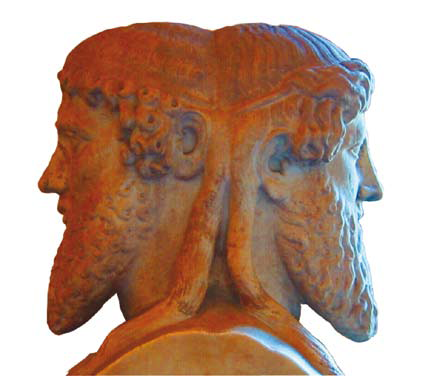One of the early rulers of the Lombards married a Bavarian princess named Theodelinda (c.570-628). Because of actions she took that helped stamp out Arianism in Italy, she received some notable religious gifts. One of her gifts was a nail, purported to be from the True Cross and originally in the possession of Emperor Constantine (272-337), who received it from his mother, St. Helena (246-330).
 |
| The Iron Crown of Lombardy (see the inner ring?) |
The nail was beaten into a 1-centimeter thin band. Around this band was built a gold crown. It has six sections and is the size of a large arm ring. Historical documents suggest that it used to be larger, but a couple sections were lost and the remainder were re-positioned into the current smaller circle. Some, however, believe it was always this size and meant to be worn on the very top of the head or meant to be part of a larger ensemble. (A lot depends on the size of the original nail, which we cannot know.)
Although we believe the iron nail (the crucial antecedent to the Iron Crown) was brought to the Lombards by Theodelinda in the early 7th century, the Crown itself is believed to have been made in the 8th or early 9th century. DailyMedieval's research has found references to Carolingians taking up the Iron Crown (the "forgotten" King Carloman in 781 and Lothair in 829).
Religious authorities argued over the centuries over the validity of the nail. The Crown was alternately declared a "relic" of Christ or a fake. In 1715 the Congregation of Rites in Rome (which supervises the liturgy and sacraments) allowed that the Crown could be displayed in public as an object of veneration without committing to the authenticity of the "nail."
The Iron Crown of Lombardy is kept at the Cathedral of Monza outside of Milan. Authorities at the Cathedral point out that, despite the centuries of exposure, the inner iron ring shows no rust. A 1985 examination determined that magnets are not attracted to the "iron" ring. More research is needed.




























